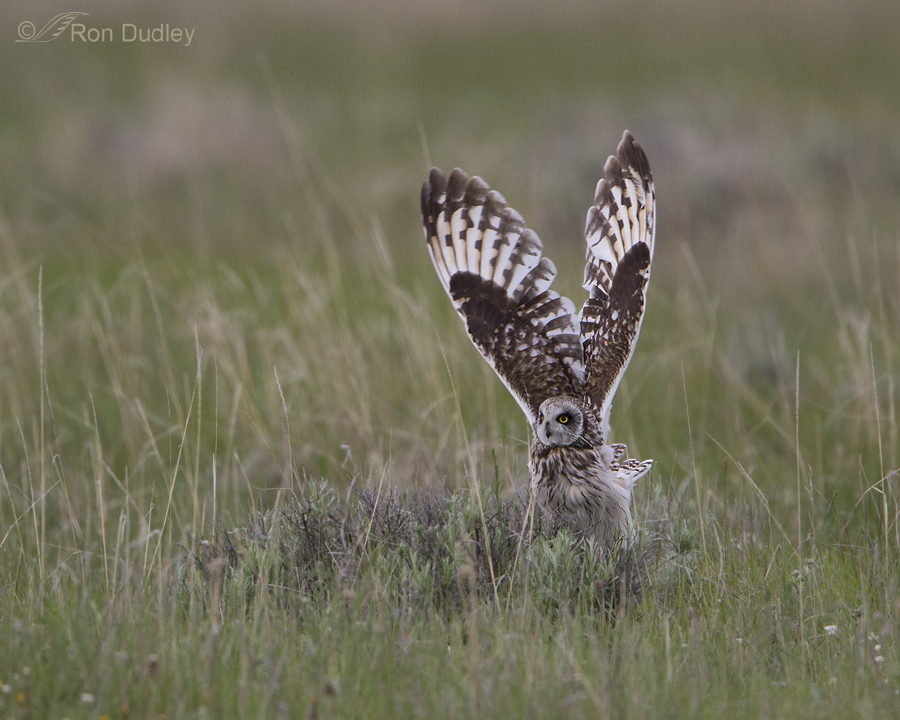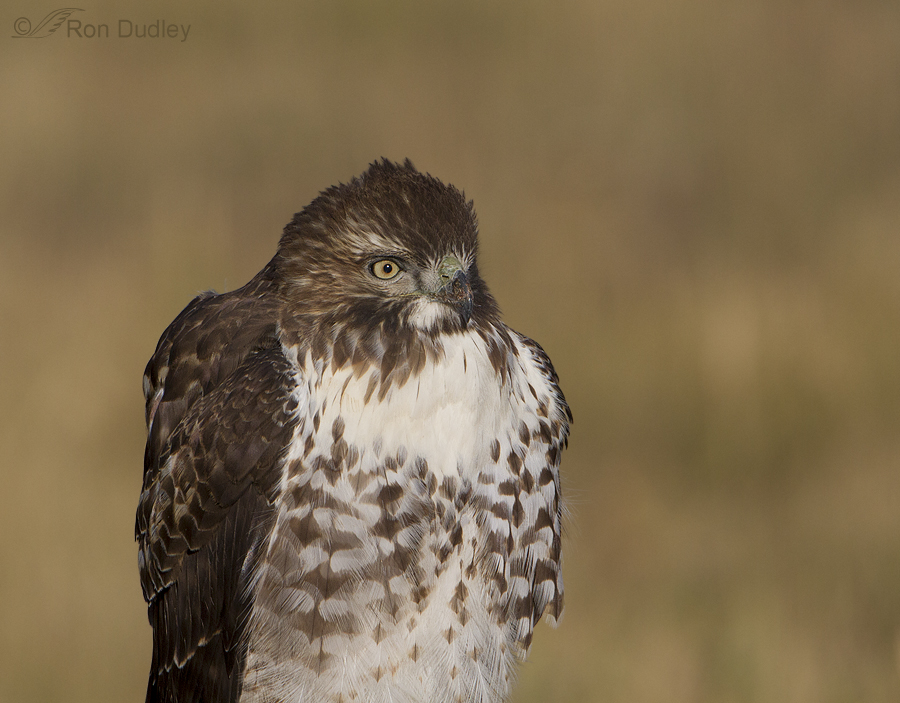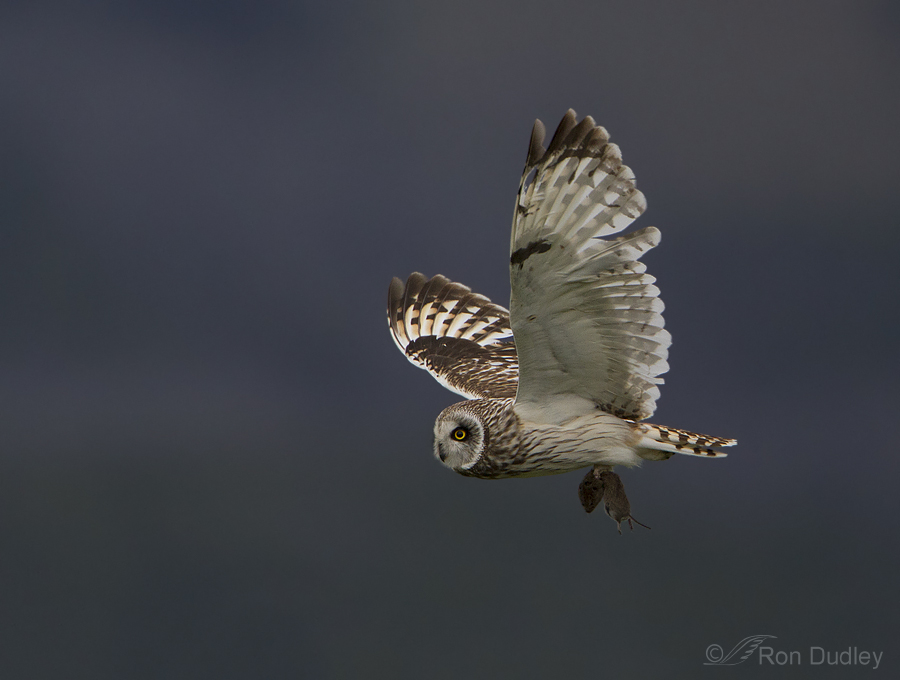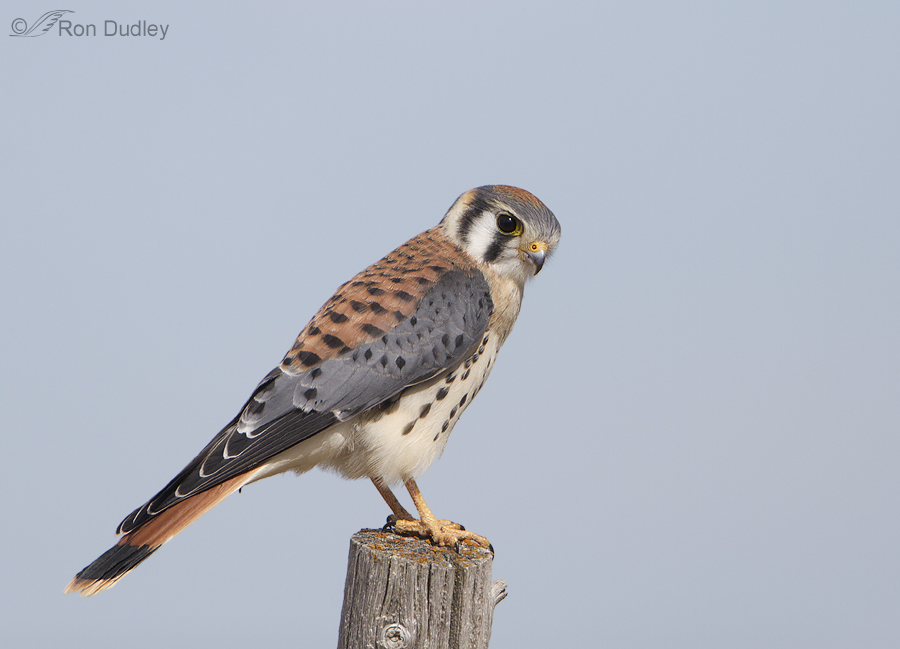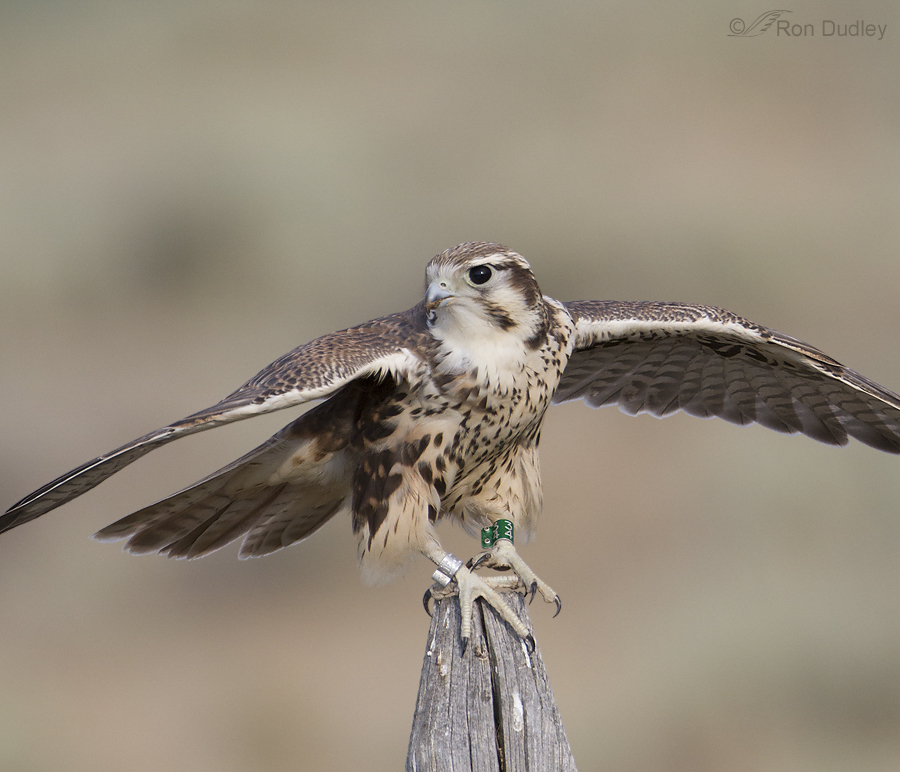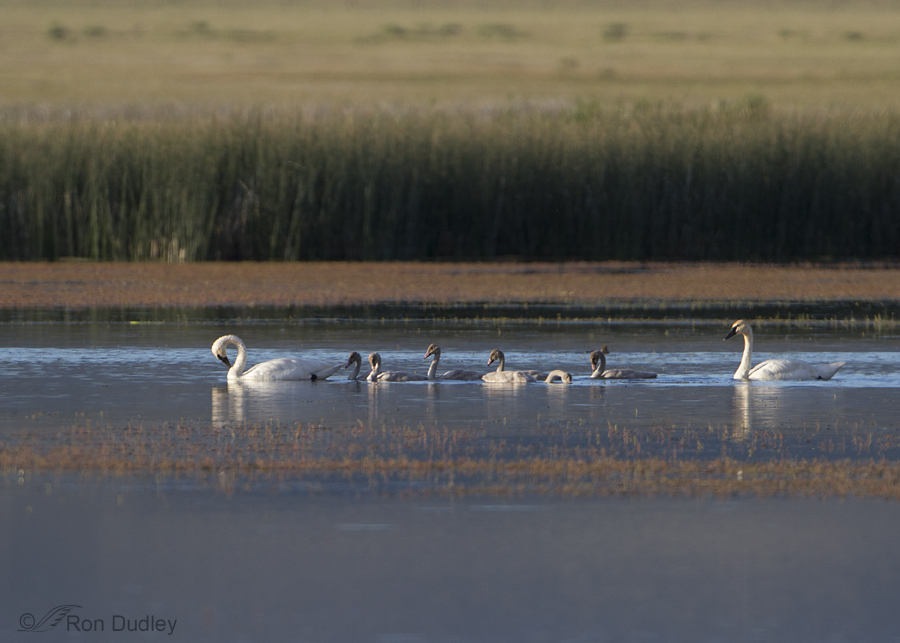Bald Eagle In Montana’s Centennial Valley
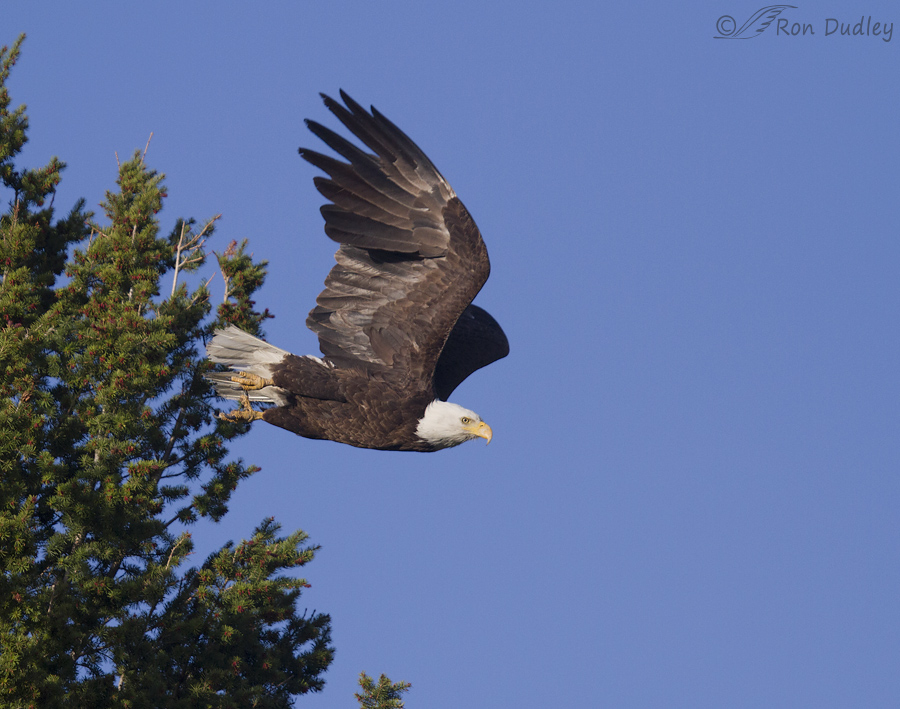
I often photograph Bald Eagles in Utah during winter but for me those images have a different mood (for lack of a better word) because they’re often taken near urban environments and for me they don’t convey the feeling of wildness that I so love about the Centennial Valley. And I very seldom get anything “green” in my Utah Bald Eagle images taken in winter.


